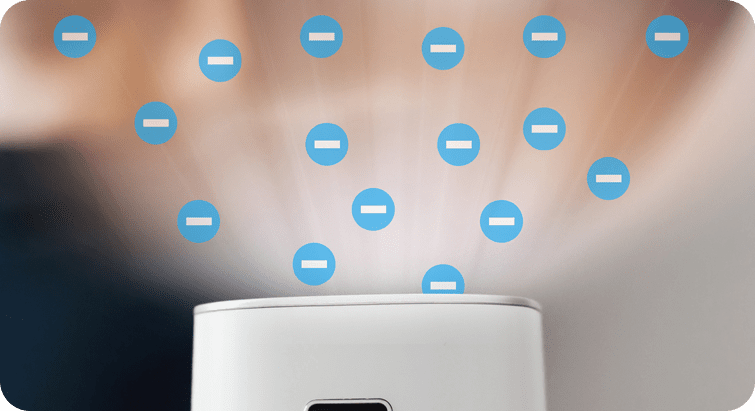Improved & Efficient Indoor Air Quality is Here
It Doesn't just capture, It Destroys
The Pollutants In Your Air
When you think we are breathing in clean air in our own homes… We often have a false sense of security that our indoor air is clean.. but look at all the dust and dander our HEPA/CARBON Filter has collected.
It Doesn't just capture, It Destroys The Pollutants In Your Air
When you think we are breathing in clean air in our own homes… We often have a false sense of security that our indoor air is clean.. but look at all the dust and dander our HEPA/CARBON Filter has collected.
Do you know that your indoor air can be 2-5 times worse than the outdoor air?
Control those allergens that are found in all of our homes.
Do you know that your indoor air can be 2-5 times worse than the outdoor air? Control those allergens that are found in all of our homes
Air Purification 101
The most common methods of air purification are filtration, ionization and ozone generation. Most of today’s air purifiers use filters that clean the air by sucking it through one or more removable cartridges that trap and remove contaminants before releasing higher-quality air back into the home.

High-Efficiency Particulate Air (HEPA) filters, capture 99.97% of the air’s particulates larger than 0.3 microns in size. Anything smaller is re-released into the air. While HEPA filters have successfully reduced particle pollution in the home, they are typically unable to reduce unwanted gaseous elements.
Ionization or Corona Discharge, which creates and disperses negatively charged particles called ions into the air, are supposed to attract and contain unwanted pollutants, but years of independent research has failed to substantiate any measurable reduction in airborne particles.


Ozone Generation is the third method typically used by today’s air purifiers. They release ozone (O3) into the air to eliminate odor pollutants, bacteria and organic matter. However, it has also come under fire from consumer groups and even the EPA, arguing that adding ozone to the home’s air is not only ineffective in eliminating contaminants but actually introduces more harmful contaminants into the air. “Relatively low amounts [of ozone] can cause chest pain, coughing, shortness of breath and throat irritation,” warns the EPA. “Ozone may also worsen chronic respiratory diseases such as asthma and compromise the ability of the body to fight respiratory infections.”




